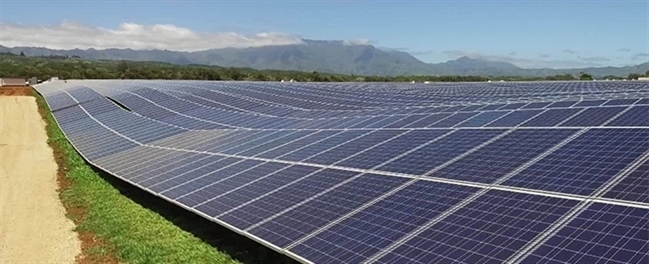
Information about a serious fire that has occurred in solar power plants in our country has not been heard so far. We wish we will never hear of it in the future. But what if it occurs?
Mankind is increasing its adverse effects on the ecosystem every day. We are faced with environmental pollution and climate change as the most important issues that need to be resolved. Unfortunately, efforts to reduce carbon emissions and thus reduce the adverse effects of climate change are not at the desired level. Many resources are being consumed quickly, and the rapid decrease of energy resources in particular brings with it many regional conflicts. At this point, the use of renewable energy and its becoming widespread hit the spot for mankind. In this context, solar energy, which is one of the most rapidly developing areas of renewable energy, is extremely important in terms of sustainability and security of supply as it is an unlimited and free energy source and there is no possibility of a world war for this source.
Developments in solar energy bring with it a number of unprecedented questions about security and reliability. This necessitates reviewing issues such as current legislation, equipment, tools and standards, making necessary changes and introducing new ones. In addition, engineering works in the field of fire safety have an important role to play in preventing or reducing the number of unfavorable incidents before they occur.Such works will also guide and contribute to the development of solar energy technologies.
When we consider fire safety engineering, mainly thermal systems and PV systems stand out in the field of solar energy. Thermal systems are based on the principle of heating the fluid in a cycle and causing the roof or building to collapse during the fire extinguishing due to additional weight(load); fire fighting teams are exposed to the danger of slipping or falling from buildings or roofs and burning due to hot fluid.
Advanced production techniques help the solar energy technologies to go beyond conventional approaches and find different application opportunities. For example, certain panels can be mounted perpendicularly on vertical surfaces, not horizontally or at an angle. This situation sometimes raises some questions about the occurring hazards and fire extinguishing. For example, how will the parts that constitute the PV system prevent an external flame, how will it withstand it and for how long, or will it further increase the effect of the fire?
In addition, to what extent are the fire fighting teams familiar with various roof coating materials (shingle, sun tiles, etc.) developed with innovative studies and how will they fight fire in the environments where these materials are used? How long will the economic life of these materials be and how dangerous will they be in the future or vice versa? In addition, in case of being affected by excessive loads, what will the physical condition of the buildings be in terms of fire safety under extraordinary conditions such as wind, storm, hail and snow?
Today, building and roof type PV applications are becoming increasingly widespread. However, for firefighters or fire fighting teams, there is no situation more different than any fire fighting activity. However, depending on the applications, for example, a part or all of the roof is covered with a PV system, there are sufficient walkways and in case of fire, the possibility of taking the appropriate position for fire response on the roof is of great importance in terms of fire fighting technique. For large-scale roof or off-road type PV system applications, things may become a little more complicated and troublesome. Nevertheless, the general issue recommended to the fire fighting teams will be to consider and evaluate the fire in the PV systems as a fire in an energy generating power plant and to fight accordingly.
In terms of fire safety, the right thing to do for a conventional power plant or similar auxiliary facility, such as a transformer or distribution center, is to never enter into the areas/zones where high voltage is present unless there is good planning and a clearly defined manual by the power plant authorities.